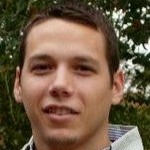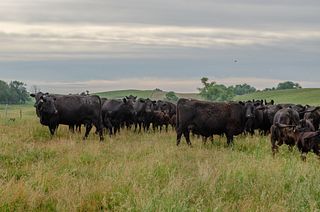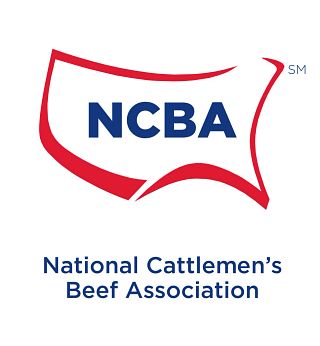
Benjamin Turner
2013 Winner
South Dakota State University
About Benjamin
What are you doing now? Currently I am a post-doctoral researcher at New Mexico State University. This work takes me from Las Cruces to Taos NM working with historic acequia communities to address sustainability issues in light of climate variability and continued pressure from urban development.
How did the W.D. Farr Scholarship help you achieve your goals? The W.D. Farr Scholarship helped achieve goals for me in several ways. While gathering data related to my dissertation, which was investigated grassland conversion to row crop production, I identified a knowledge gap related to the impact of land use change: the land use legacy. In order to capture this, I worked with a number of farmers and ranchers in South Dakota with a variety of land uses and histories. Field assessments were done and land use legacies were reconstructed. Although the assessments were successful and have yielded valuable information, this work is on-going. However, none of this would have been possible without the W.D. Farr Scholarship. At the time I identified land use legacies as an important research topic, funds for travel costs and some small equipment needed were unavailable. Besides covering the final year of tuition (which is a huge blessing in itself), the scholarship made the land use legacy project a reality. Without it, this valuable information about the long term legacy of grasslands would not have found.
What advice do you have for students to be successful? Be intentional in whatever you do. Start with the end in mind, and set stretch goals higher than you think would even be possible.
What do you think was W.D. Farr's most important trait? I think perhaps Mr. Farr’s most important trait was that he was a learner. The lasting impact of W.D. Farr on Colorado and U.S. agriculture is a reflection of his willingness to learn in the face of volatile and complex problems. He learned how to feed livestock, to steward rangelands, to enhance (almost prophetically) water conservation and water potential to support a complex society of urban and agriculture needs. He learned to market ideas and generate buy-in (reflected his leadership in producer groups) and he learned how to handle the intersection of policy and management (reflected in his advisor role to USDA and leadership with the Big Thompson-Colorado River project). Many people possess great energy and willpower, others vision. But learning to connect the two is perhaps W.D. Farr’s most important (impactful) trait.

